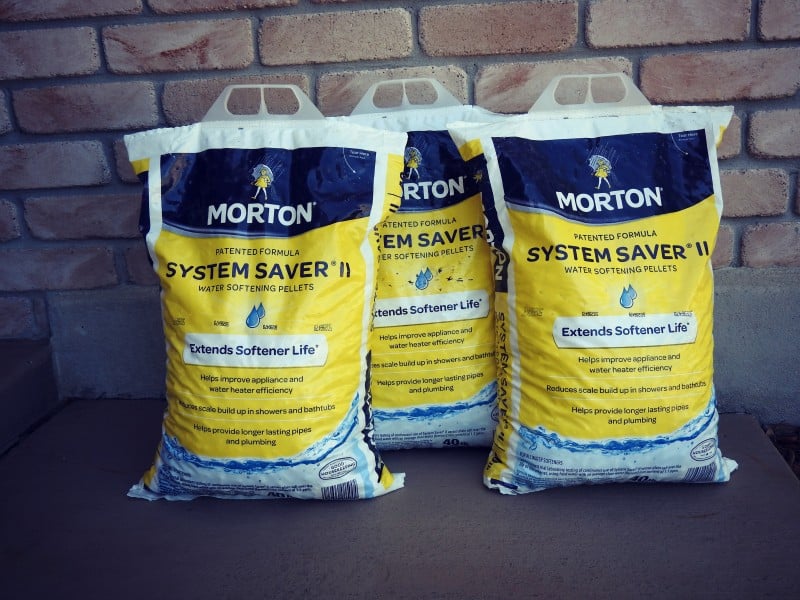How to Not go From Bad to Worst: Preventing Sepsis
This is a post prepared under a contract funded by the Centers for Disease Control and Prevention (CDC) and written on behalf of the Mom It Forward Influencer Network for use in CDC’s Get Ahead of Sepsis educational effort. Opinions on this blog are my own and do not necessarily reflect the views of CDC.
An infection is a pretty standard thing. I for one am prone to getting sinus infections a few times a year. They suck, but it isn’t something I particularly worry about if I find out I have one. I just go to the doctor, he/she prescribes me an antibiotic if necessary, and I call it a day. But that was before I heard of something called sepsis.
Did you know…
And the craziest part about sepsis is that is all starts with an infection. That is why I thought it was important to promote the Centers for Disease Control and Prevention’s (CDC) Get Ahead of Sepsis initiative to inform readers of the importance of early recognition and timely treatment of sepsis, as well as the importance of preventing infections that could lead to sepsis.
But before we can get into all the steps in preventing infections that could lead to sepsis, let’s first talk through what sepsis is precisely.
What is Sepsis?
Only 55% of Americans have heard of sepsis. And I was not one of those people! I had never even heard of this condition. So I found it surprising when I discovered that CDC recently launched a new initiative called Get Ahead of Sepsis. I had to know what it is. I did a little research.
Sepsis is the body’s extreme response to an infection. It is life-threatening, and without timely treatment, sepsis can rapidly cause tissue damage, organ failure, and death. Sepsis happens when an infection you already have—in your skin, lungs, urinary tract or somewhere else—triggers a chain reaction throughout your body.
The scariest part about sepsis is that a delayed recognition and treatment increase a patient’s risk of death.
The reality is that anyone can get an infection, and almost any infection can lead to sepsis.
But there’s good news too.
Despite this disheartening news, there is good news. Timely recognition and treatment of sepsis saves lives. The issue is that most people do not know how to spot the signs and symptoms. Let’s go over the signs and symptoms on our journey of preventing infections that could lead to sepsis.
What are the Signs and Symptoms of Sepsis?
The truth is there are many signs and symptoms that could be an indicator of sepsis. One of the most significant warning signs and symptoms is if you or a loved one has an infection that is not getting better or is getting worse. Signs and symptoms can include one or a combination of the following:
- Confusion or disorientation
- Shortness of breath
- High heart rate
- Fever, or shivering, or feeling very cold
- Extreme pain or discomfort
- Clammy or sweaty skin
A few people to keep in mind who may be at a higher risk include:
- Adults 65 or older
- People with chronic conditions, such as diabetes, lung disease, cancer, and kidney disease
- People with weakened immune systems
- Children younger than one
If you notice that you or a loved one is experiencing sepsis signs and symptoms or if you suspect sepsis, it is essential to get immediate medical care. Ask your doctor or nurse, “Could this infection be leading to sepsis?” While being able to see the signs and symptoms are kinda important, let’s talk in more detail about overall prevention of infections in general.
What are the steps to preventing infections that could lead to sepsis?
If this all sounds a little scary, you are probably wondering how you can prevent sepsis from happening in the first place. And the answer is to prevent the infections that can lead to sepsis. There are a few things you could do.
- Practice good hygiene, such as handwashing, and keeping cuts clean and covered until healed. This has to be one of the simplest things you can do. If you accidentally hurt yourself, it is so important to keep your wounds or cuts clean.
- Talk to your doctor or nurse about steps you can take to prevent infections. Some steps include taking good care of chronic conditions and getting recommended vaccines.
- Know the signs and symptoms of sepsis. Ahem, see the “What are the signs and symptoms of sepsis” subheader.
- ACT FAST. Get medical care IMMEDIATELY if you suspect sepsis or have an infection that’s not getting better or is getting worse.
I hope you know that the purpose of this post was not to scare you, but rather to inform you about a silent killer in America. This is something that is often preventable and treatable, yet people die from it every single day.
Sepsis is a medical emergency. If you or your loved one suspect sepsis or has an infection that’s not getting better or is getting worse, ask your doctor or nurse, “Could this infection be leading to sepsis?”
To learn more about sepsis and how to prevent infections, visit www.cdc.gov/sepsis.
For more information about antibiotic prescribing and use, visit www.cdc.gov/antibiotic-use.
Sources:









